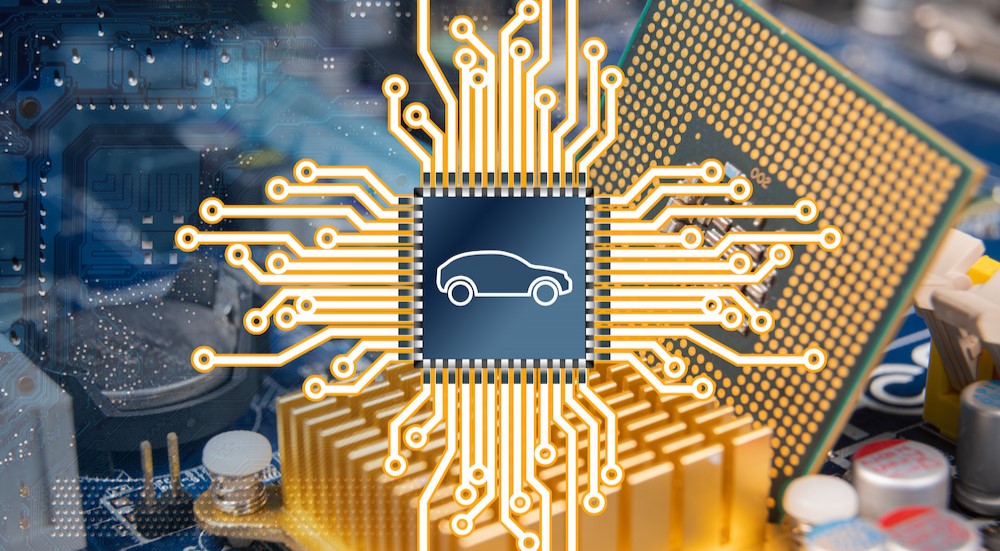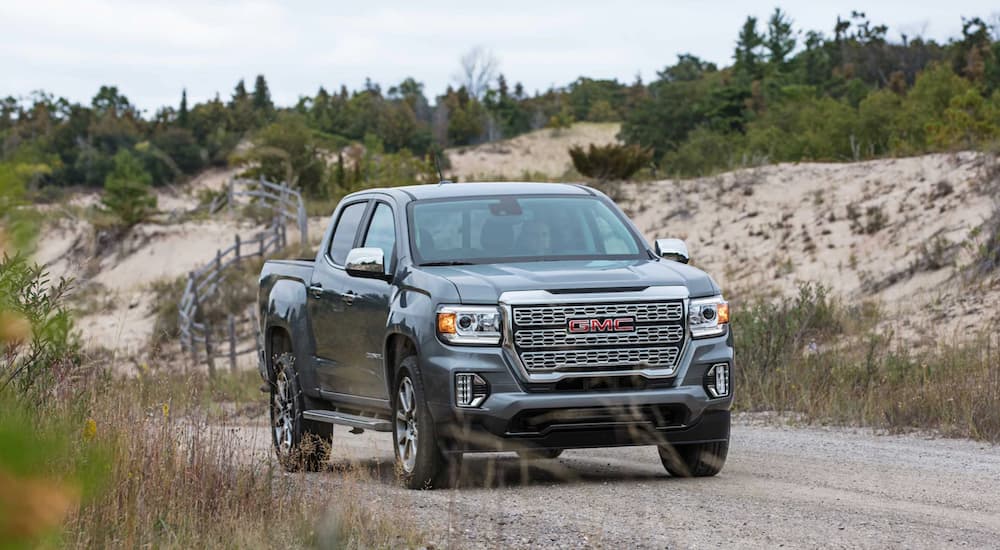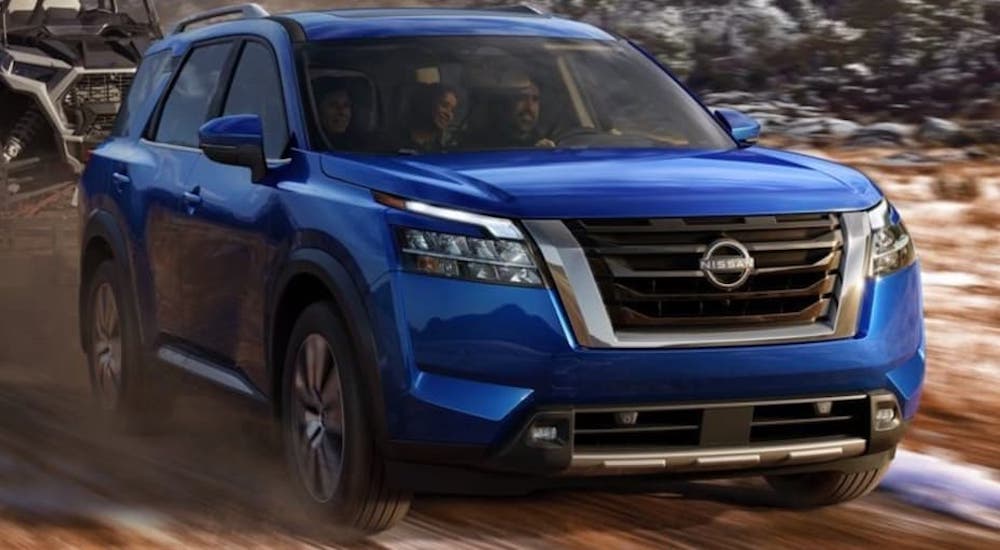As we gradually make our way through 2024, the tumultuous period of 2020 seems far removed from our daily conversations. The year seemed like everything was turned upside down; the arrival of Covid-19 and the onset of a global pandemic meant that new terms were entering our vocabulary. In a short time, we quickly got used to ideas such as social distancing, quarantine, mask mandates, and the fear and paranoia of how bad things could get.
The pandemic also threw global supply chains into disarray. In the automotive world, this would take the form of a microchip shortage, and while this might not strike someone as something to be overly concerned with, the fallout has had lasting repercussions for anyone shopping for a car to this day.
While manufacturers were still producing vehicles through the shortage, the chips needed to enable many features were either in short supply or not available at all. GM stopped offering heated seats and steering wheels in some models, BMW ceased offering specific touchscreens, and Tesla pulled USB ports from some of its fleet. However, some manufacturers offered credits for those missing features to compensate buyers or promised to enable the features down the road when chips became available.
Now that we’re seeing the shortage end, it’s imperative to understand where we are now. For instance, drivers who purchased vehicles during the chip shortage may be wondering if their vehicles are eligible for retrofits of missing features, and driving shopping for used cars produced during the pandemic will want to be aware of what features models could potentially be missing.
What If I Bought a Vehicle During the Chip Shortage?
There is some good news if you purchased a vehicle during the worldwide microchip shortage and couldn’t get a particular feature due to a lack of availability. Each manufacturer differs regarding how they’ll retrofit vehicles with features unavailable to drivers at purchase. Some, like GM, have already begun retrofitting vehicles with missing features.
As early as 2022, GM began to retrofit many vehicles with heated seats and steering wheels, two features that were absent from many models produced during the pandemic, particularly the Chevy Silverado 1500, Colorado, and Equinox, and the GMC Acadia and Canyon. During the shortage, the Denali and High Country trims were the only ones given heated seats and steering wheels.
It can be assumed that as microchips continue to become more available, some manufacturers might retrofit more of the unique features that weren’t available during the pandemic. We’re beginning to see a surplus of available chips, meaning that with an increased supply, we can most likely see more features becoming available from the various brands. However, not every manufacturer has publicized plans for retrofitting features, so if you own a pandemic-era vehicle, it might be worth making some calls to local dealerships to learn what is available.
Even if certain manufacturers decide not to offer retrofits, the continued high used car prices will benefit many people who want to own something with state-of-the-art technology. Those who bought a new vehicle at the start of the shortage will have something with minimal depreciation. This means that the resale value is still at a reasonable rate, and as long as the vehicle has positive equity, it can be used to purchase a car with all the features that one covets.
What If I’m Purchasing a Vehicle Manufactured During the Chip Shortage?
Different brands were affected in various ways during the pandemic and subsequent chip shortages. Some were hit hard by the lack of chips, while others managed to adapt quickly and find alternate sources of parts to keep production going smoothly.
We’ve already touched base on some of the features that GM cut from models and how it has been trying to retrofit these features; it’s certainly a testament to the company’s commitment to its customers. However, if you’re in the market for a used vehicle from other brands produced from 2020 to 2022, items might be missing or not eligible for a retrofit or credit.
For instance, Ford vehicles from around this time are often lacking satellite navigation. While supplies of these chips were limited in the United States, they were virtually nonexistent in overseas markets. There’s a chance that Ford may be able to add this feature back with a retrofit, but nothing is official yet; consult your dealer for details.
Similar to BMW, Mercedes-Benz was hit relatively hard by the shortage, and many of the more desirable features that have been a part of the brand’s fleet were absent. These missing features included premium audio systems, LED lighting, and wireless phone charging. However, Mercedes has announced that some features will be retrofitted when chips become available, so if you find a used model, you may be able to get a deal and the features you want.
One of the largest brands to take a hit was Nissan. While the Japanese manufacturer has taken to streamlining production in recent years, such as equipping one single powertrain across all trims of select vehicles, the microchip shortage resulted in a third of its entire fleet not being installed with navigation systems. This was a matter of rationing the chip supply for use in some of its more popular models. However, navigation wasn’t the only feature that was removed. For instance, Nissan also removed the tow package from the Pathfinder.
Many of the vehicles built during the microchip shortage are now available as used models, and pre-owned vehicles don’t always come with thorough documentation. When shopping used, it pays to be aware of what features might be missing so you know exactly what you are getting. Some manufacturers offered discounts and credits on these vehicles; some might still be available. Be sure to discuss any potential missing items or possible retrofit at the time of purchase.
My Final Thoughts
As someone who continually looks at the influx of new features that emerge each year and has to keep an eye on the average costs of repairs, MSRP, and depreciation, I can attest to learning the importance of research. The chip shortage was an ideal time to sell, as many consumers sought vehicles manufactured before 2020. Now that the chip shortage is in its final stages and an increased supply has caught up to demand, the ideal time to buy has finally arrived.
Exploring your options as a consumer regarding having additional features retrofitted to your vehicle is essential. While the news about retrofitting is still minimal, with the increased chip supply that’s now available, manufacturers will likely become more willing to provide the necessary upgrades to enhance the driving experience, both in terms of comfort and safety. If you purchased a vehicle during the pandemic and couldn’t get all the features you wanted due to the shortage, there’s a very good chance that other brands will follow GM’s example and retrofit their models from that time period.
Above all else, the microchip shortage provided us with a valuable learning experience that can help us make better choices in the future. Like so many other things that we’ve come to rely on, having features that provide oversight, safety, and enhance the driving experience is essential but certainly not guaranteed. Paying attention to availability and quantity will help us make informed choices regarding sustainability and quality.






